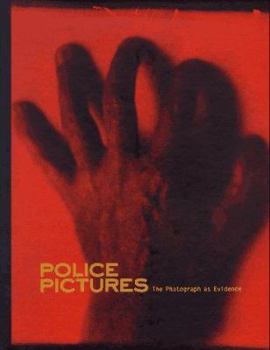Police Pictures
An illustrated study of the use of photography by the police, including areas such as identification, photographic evidence, scene of crime photography and reconstruction.
Format:Hardcover
Language:English
ISBN:0811819841
ISBN13:9780811819848
Release Date:January 1997
Publisher:Chronicle Books (CA)
Length:132 Pages
Weight:1.80 lbs.
Dimensions:0.6" x 8.9" x 10.9"
Customer Reviews
2 ratings
Good addition to your crime library
Published by Thriftbooks.com User , 20 years ago
I recommend this book only for people seeking crime scene pictures for historical purposes and/or as a base on early 20th century crime. It's not a good tool if you are seeing it with a crime scene photographers eye since they don't have alot of shots of the same scene. I used it to review every so often to see if there was anything new I noticed in any picture...you would be surprised...
Photography is but a Tool
Published by Thriftbooks.com User , 26 years ago
From Andersonville of the American Civil War to Tuol Sleng of Pol Pot, police have been photographing suspects, convicts, crime scenes, and prisons to collect evidence, record history, and improve techniques to fight crimes and squelch political opposition. This book tries to cover it all: from Che Guevara's fingerprints to James Earl Ray's wanted posters, from the unclaimed bodies of the Communards to the sad souls of Pol Pot's Year Zero campaign, and from murder scenes and execution of murderers. For good and for evil, photography has recorded who we were and who we are. Photography, as a tool, has been used to support Social Darwinism and eugenics. There are photos of "typical criminal" types as well as a set used to prove that the different races of man are in fact different species. Photography has also been used to solve crimes and put dangerous criminals in jail. All these uses and more are covered in the fine book.






